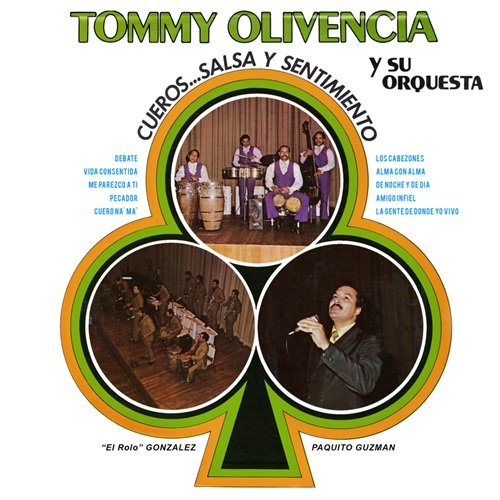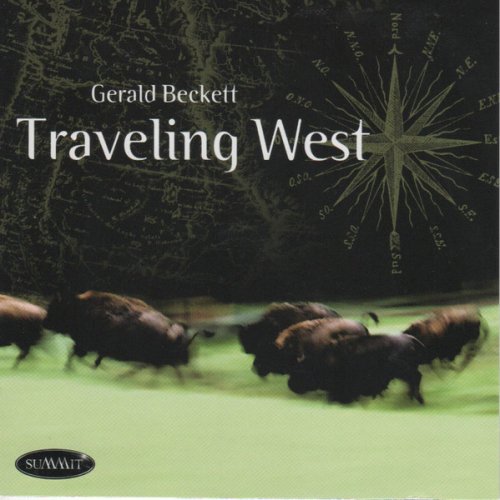Pablo Casals, Rudolf Serkin - Pablo Casals plays Beethoven Cello Sonatas (2013)

Artist: Pablo Casals, Rudolf Serkin
Title: Pablo Casals plays Beethoven Cello Sonatas
Year Of Release: 2013
Label: Sony Classical
Genre: Classical
Quality: FLAC (tracks)
Total Time: 02:26:58
Total Size: 532 Mb
WebSite: Album Preview
Tracklist: Title: Pablo Casals plays Beethoven Cello Sonatas
Year Of Release: 2013
Label: Sony Classical
Genre: Classical
Quality: FLAC (tracks)
Total Time: 02:26:58
Total Size: 532 Mb
WebSite: Album Preview
CD 1
Sonata No. 1 in F Major, Op. 5, No. 1 (Ludwig van Beethoven)
01. I. Adagio sostenuto - Allegro - Adagio - Presto - 00:18:58
02. II. Rondo, Allegro vivace - 00:07:21
Sonata No. 2 in G Minor, Op. 5, No. 2 (Ludwig van Beethoven)
03. I. Adagio sostenuto e espressivo - Allegro molto più tosto presto - 00:21:11
04. II. Rondo, Allegro - 00:10:01
Cello Sonata No. 4 in C Major, Op. 102, No. 1 (Ludwig van Beethoven)
05. I. Andante - Allegro vivace - 00:08:43
06. II. Adagio - Allegro vivace - 00:08:28
CD 2
Cello Sonata No. 3 in A Major, Op. 69 (Ludwig van Beethoven)
01. I. Allegro ma non troppo - 00:13:24
02. II. Scherzo, Allegro molto - 00:05:40
03. III. Adagio cantabile - Allegro vivace - 00:09:27
Sonata No. 5 in D Major, Op. 102, No. 2 (Ludwig van Beethoven)
04. I. Allegro con brio - 00:07:09
05. II. Adagio con molto sentimento d'affetto - 00:09:30
06. III. Allegro - Allegro fugato - 00:04:47
07. 7 Variations on "Bei Männern, welche Liebe fühlen" (From "Mozart's Die Zauberflöte, WoO.46") - 00:10:52
08. 12 Variations on "Ein Mädchen oder Weibchen" (From "Mozart's Die Zauberflöte, WoO.66") - 00:11:27
Performers:
Pablo Casals (cello)
Rudolf Serkin (piano)
Pablo Casals was once the greatest living cellist. His technique was formidable, his tone was magisterial, and his interpretations were sovereign. In the '20s and '30s, Casals was a charismatic virtuoso on the same level as Kreisler and Horowitz. Those days were over by the time he recorded Beethoven's works for cello and piano with the superb Rudolf Serkin in 1954. His formidable technique had irrevocably decayed: in the fast passages and movements, Casals could barely keep up and he dropped notes like a tree drops leaves in a late autumn rain. His magisterial tone has deteriorated: in the slow passages and movements, Casals groaned and growled like boughs and branches in a hard autumn wind. From a technical point of view, there's not much left of Casals' the charismatic virtuoso. All that was left were his interpretive abilities and, incredibly, they are almost enough. In the deep Adagio sostenuto ed espressivo opening of Op. 5/2 and in the profound Adagio con molto sentimento d'affetto of Op. 102/2, Casals' magnificent interpretations more than compensate for his technical flaws. And in his interpretations of Beethoven's two sets of Die Zauberflöte Variations, Op. 66, and WoO 46, Casals affection for the music makes his performances sublime despite his obvious technical limitations. Although this should by no means be the only recording of Beethoven's cello works one hears, one should nevertheless hear these performances if only to hear how great a median Casals was even when he was no longer a virtuoso. Columbia's 1954 sound is antediluvian.
DOWNLOAD FROM ISRA.CLOUD
Pablo Casals, Rudolf Serkin - Pablo Casals plays Beethoven Cello Sonatas (2013).rar - 532.9 MB
Pablo Casals, Rudolf Serkin - Pablo Casals plays Beethoven Cello Sonatas (2013).rar - 532.9 MB





![Lynden Williams - I'm Not A Beast (2025) [Hi-Res] Lynden Williams - I'm Not A Beast (2025) [Hi-Res]](https://img.israbox.com/img/2026-01/03/rpqi5xgo0v6htdhrpyxmdjgyf.jpg)


